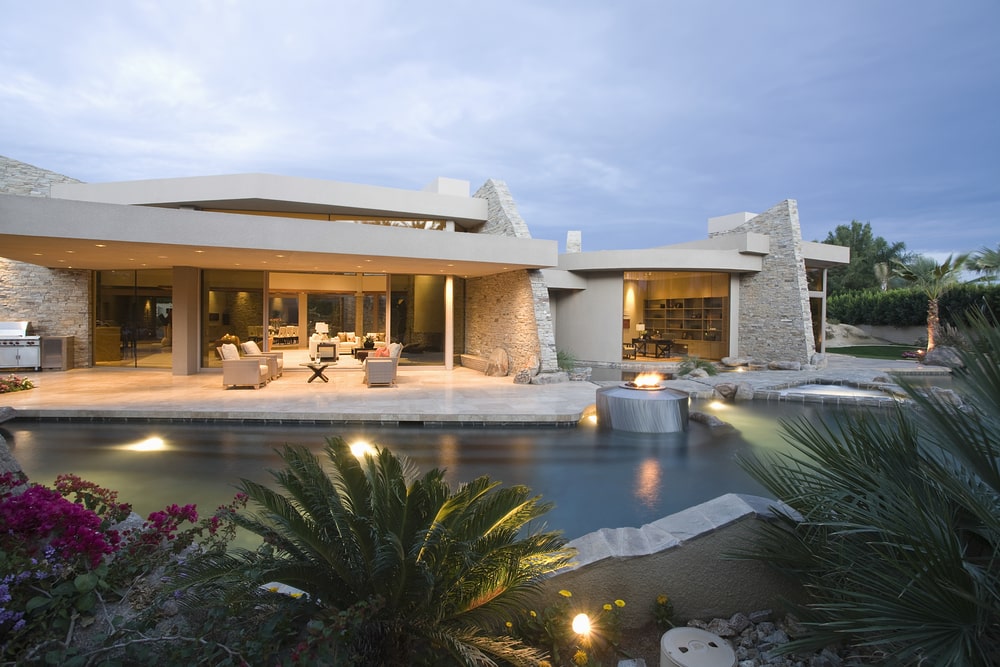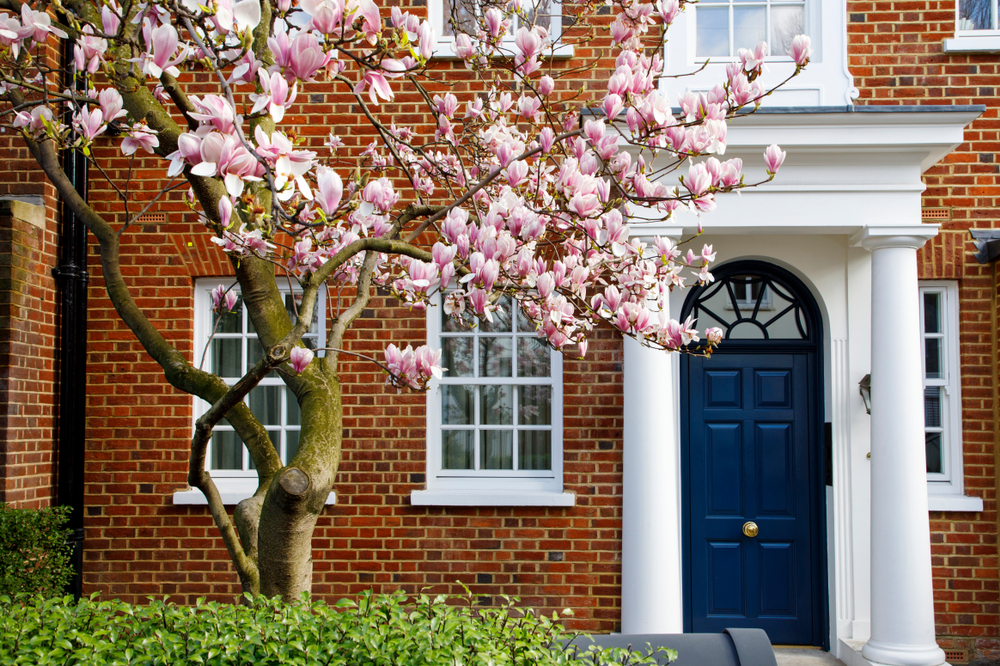On our screens since 1999, shows like Grand Designs have gained a huge following, shining a light on the life changing possibilities of building a dream home from scratch. Many of the stories featured over the years vividly magnify the excitement and wonder of creating your own unique home, but also the resilience and bottom-less energy required to overcome the challenges that typically arise. On the whole these projects, whatever the scale, reinforce the importance of planning, using experts, thinking on your feet and getting the right financing, especially for contingencies, in place.
No doubt these learnings resonate with Denise Coates, the British billionaire and founder of Bet365, who has been overseeing her own £90m grand design project in Cheshire. The resultant mansion, reputedly features not only a jaw-dropping home but also an artificial lake, sunken tennis courts, stables, ornamental gardens, workers' cottages, and a boathouse.
The benefits of designing your own home of course, mean you get exactly what you want in terms of the size, layout, décor, and features. If you’re looking for inspiration on how to build a property there are a many other TV shows on our screens these days that can provide excellent insight.
The World’s Most Extraordinary Homes features award-winning architect Piers Taylor and actress Caroline Quentin as they visit a range of architect-led houses across the globe. Each episode is themed, with a focus on houses built in challenging surroundings and how they were designed to respond to these environments. To explore how the property functions as a work of architecture and as a real home, the hosts stay overnight. The pair have stayed in a multitude of unique properties from a house in the Santa Monica mountains constructed from the wings of a Boeing 747 (aptly named the 747 Wing House) to Two Hulls, a house on the glacial shores of Nova Scotia, reticent of two hulls of a ship.
George Clarke’s Amazing Spaces demonstrates how unique and unconventional structures can make great homes. The show has featured the weird and the wonderful from The Living Room Treehouses, six off grid luxury tree houses nestled in the Welsh Valleys, to The Chapel at Woolcott Hill, a converted former chapel in the heart of the Shropshire Hills.
Get in the Know
Subscribe to our newsletter
Escape to the Chateau, follows Angela ‘Angel’ Adoree and Dick Strawbridge as they attempt to restore a derelict 45 room chateau with no heating or plumbing in the Pays de la Loire region of North-West France, eventually turning it into a successful living space and wedding venue.
In Extraordinary Extensions, property and design enthusiast Tinie Tempah follows homeowners as they unleash their inner architect and build beautiful, but often radical home extensions, including a ski slope roof and an eco-friendly underground pool and spa.
It’s hardly surprising then, that around 13,000 people in the UK alone build their own homes each year, but how do you go about funding a project of this size? Typical High Street lenders won’t offer a mortgage for a house that is uninhabitable, derelict or in need of conversion, but fortunately there are several great options available to high-net-worth individuals looking to tackle a new home build or renovation project.
Stage Release Mortgages
Also known as self-build mortgages, stage release mortgages can be useful if you’re unable to fund the build from your savings alone and are specifically designed for people constructing their own homes.
With this type of mortgage, you can release funds at key stages of the project including the land purchase, footings and foundations, wall or frame construction, roof construction, weatherproofing, and final completion. You can opt to receive payment after each stage is completed and inspected by the lender, known as an arrears-based mortgage, or in advance of each stage. Advanced-based mortgages are typically a little more expensive as the lender is trusting you to complete each stage as promised.
Bridging Loans
A bridging loan is a type of loan that can be used to fund the build of your new home or pay for renovation works before you sell your existing property.
The benefits of bridging loans are that they’re quick to arrange, there are no exit fees to pay, and there are no ongoing fees or monthly loan repayment instalments, as the entire loan amount is repaid at the end of the term.
Your broker can discuss with you the requirements for this type of lending but typically, you’ll need some form of equity or collateral to secure a bridging loan, and the interest rates tend to be higher than a traditional loan product. You’ll need an ‘exit strategy’ to be approved, such as the sale of your existing property or refinancing to a standard mortgage.
Mezzanine finance
Mezzanine finance can be a valuable tool for property development, including building a home. It can be used to top-up funds or bridge the gap for a project where additional capital is needed, known as a second charge debt. This sits behind the primary debt such as a mortgage, and it can be particularly useful if you’re building a property as an investment.
The money can be released as work on the project progresses, as and when it’s needed, or at the beginning, if required as a deposit. Mezzanine finance is a short-term form of borrowing, and most lenders will expect the debt to be settled within 12-24 months. It will typically incur additional fees, and interest rates are often higher than mortgages.
A broker can help find you the best deal for your circumstances in this highly specialised area. Look for one that has a wide range of access to mezzanine finance lenders and understands the eligibility requirements of this type of lending.
Home Renovation Loans
Home renovation loans or home improvement loans provide funding for changes to your property. Whether you’re dreaming of a new open plan kitchen, a wine cellar, luxury home gym or spa, these loans can help you achieve your renovation goals. Unsecured loans are available for smaller amounts and typically have shorter prepayment periods. Secured loans (commonly secured against your property) are usually for larger amounts over £25,000, more suitable for high-net-worth borrowers.
A home renovation loan can be a good alternative to remortgaging, especially if you secured your mortgage before the recent interest rate increase and want to avoid higher payments.
Knowing your finance options can be crucial to securing funding for that multi-million-pound home build or renovation project; key in helping ensure your dream home becomes a reality. At Enness we are experts at finding the high-value finance solutions, and pride ourselves on rising to any challenge our clients face in securing the support they need to purchase of develop property.
As a result, when it comes to financing your dream home your choice of mortgage broker is arguably the most critical decision you make.





